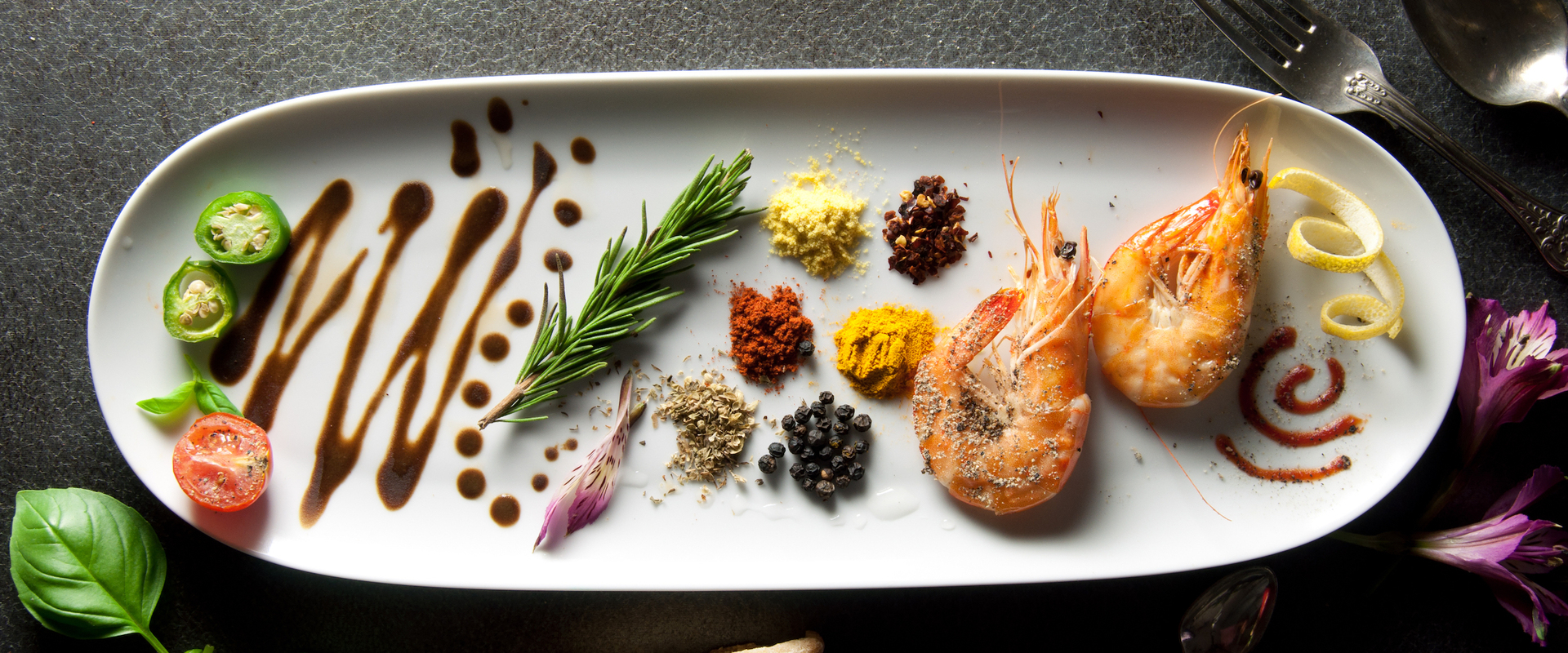Originality in the kitchen: the forms of protection suggested by “FoodLaw”
2017-08-02
How can cooks
defend the products of their creativity in the kitchen? The question applies to both professional chefs and amateur cooks!
Not with moats filled with crocodiles, even if they were able to obtain them! It would be much more useful to obtain
legal instruments which, if applied correctly, can be used to protect the originality of their gastronomic creations, enjoy their moral and economic fruits and effectively object to plagiarism, attacks and contestation.
FoodLaw. La tutela della creatività in cucina (“FoodLaw. Protecting creativity in the kitchen”) (published by Edizioni Plan, 2017) is a book written by Carmine Coviello and Davide Mondin in collaboration with
ALMA-La Scuola internazionale di cucina italiana, the International School of Italian Cooking, addressing this issue.
We continue our interview with
Davide Mondin, seeking to better understand the issue of creative talent in the kitchen.
Davide, could the idea that we all want legal protection for the originality of our gastronomic creations give us the false idea that we are all chefs?
“
I agree, it could. But it’s important to note that there are different levels of creativity, and only above a certain minimum threshold should we reasonably expect some form of protection. In fact, in order to be eligible for protection, an idea must be original in some way, that is, stand out from everything that already exists, and have its own creative value, even if only because of the way it is expressed. If, for example, a company writes an instruction booklet for an appliance, and its way of expressing the concepts is sufficiently original and distinguished, it may not be comparable to the work of a great novelist, but if some personal contribution has been made, it is worthy of protection, no matter what its content.”
And what about recipes?
“
The first question we ought to ask is: are we attempting to protect the text explaining a recipe (apart from its content, which may or may not be innovative) or the physical object resulting from its application (the resulting dish or food product), or are we protecting the technique used to obtain it? Or the “name” of its creator? In all these cases, our final goal is enjoyment of the moral and economic results of our creation. Now a chef is more likely to come up with a dish with innovative, ingenious content, as someone with pertinent training and experience. An original gastronomic creation is normally the result of constant thought, study and hard work, rarely the outcome of a sudden flash or a stroke of luck. Reasoning as a “technician” of law, in short, it is reasonable to say that there is no reason to either mortify or exalt the self-esteem of the amateur cook in the home kitchen, or the vanity of the professional chef who believes that he or she is always, under all circumstances, a true artist. What we want to say is that no matter who comes up with it, a recipe must involve a certain amount of creativity to be eligible for protection, and everyone can be creative, at least in theory.”
What should someone be aware of when creating a new dish?
“
Of the fact that, at least in moral terms, they can obtain some form of recognition with only a modest commitment in terms of time and money, the most basic form of which is the “certain date” of creation. Apart from the originality of its content, that is, the author of a recipe can at least officially attest to the date on which the recipe was born: at this point, anyone contesting its paternity will have to demonstrate that they were using the recipe at an earlier time, and this is not always easy to prove. The time mark provided by the MySocialRecipe portal offers legally valid proof, attesting to the existence of a certain recipe at a certain time, though the degree of originality of the recipe is another matter!” (to be continued).
Mariagrazia Villa
Carmine Coviello and Davide Mondin,
FoodLaw. La tutela della creatività in cucina (“FoodLaw. Protecting creativity in the kitchen”), ALMA-Edizioni Plan, 2017, 132 pages, 27 euros.
